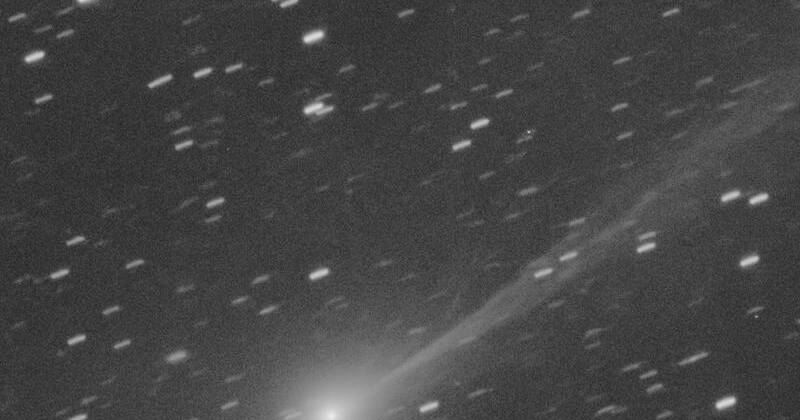
NASA has released new images of the interstellar object known as 3I/ATLAS, which astronomers have identified as a comet potentially older than our solar system. This announcement dismisses recent speculation suggesting it might be an alien spacecraft.
Discovered in July by the Asteroid Terrestrial-impact Last Alert System (ATLAS) telescope in Rio Hurtado, Chile, 3I/ATLAS has been under observation due to its unusual trajectory, which indicates it is traversing our solar system from an unknown origin. NASA officials have been keen to clarify its nature amidst growing public curiosity.
NASA’s Response to Speculation
During a recent news briefing, Nicola Fox, associate administrator of NASA’s Science Mission Directorate, addressed the comet’s intrigue, stating, “It’s natural to wonder what it is. We love that the world wondered along with us.” She emphasized that 3I/ATLAS behaves like a comet and lacks any technosignatures that would suggest otherwise.
NASA Associate Administrator Amit Kshatriya also tackled the rumors head-on, affirming, “This object is a comet. It looks and behaves like a comet. And all evidence points to it being a comet.” Kshatriya’s remarks aimed to quell the theories positing the object as alien technology, which arose due to its distinctive trajectory and composition.
Historical Context and Comparisons
3I/ATLAS is only the third interstellar object observed passing through our solar system. The previous two were 1I/’Oumuamua, detected in 2017, and 2I/Borisov, discovered in 2019. These objects have captivated scientists and the public alike, fueling debates about their origins and nature.
Comets, by definition, are small celestial bodies composed of rocky and icy materials. As they approach a star like the sun, these materials evaporate, forming a visible coma and tail. The new images from NASA, albeit blurry, clearly show these features in 3I/ATLAS, reinforcing its classification as a comet.
Scientific Exploration and Future Implications
NASA’s commitment to exploring the cosmos extends beyond identifying comets. Kshatriya highlighted ongoing missions aimed at discovering signs of life beyond Earth. He referenced recent research from NASA’s Perseverance rover, which found potential signs of ancient microbial life on Mars in a rock sample formed billions of years ago.
“We want very much to find signs of life in the universe,” Kshatriya stated, underscoring the agency’s dedication to this quest.
The release of 3I/ATLAS images was delayed due to the US government shutdown, but their arrival has reignited interest in interstellar phenomena. As scientists continue to study such objects, the potential for groundbreaking discoveries remains high.
Looking Forward
The fascination with 3I/ATLAS and its predecessors highlights the broader human quest to understand our place in the universe. While NASA has confidently categorized this object as a comet, the agency’s ongoing research and missions ensure that the search for extraterrestrial life and understanding of cosmic phenomena will continue.
As the study of interstellar objects advances, the scientific community and the public alike remain poised for new revelations that could reshape our understanding of the cosmos.







